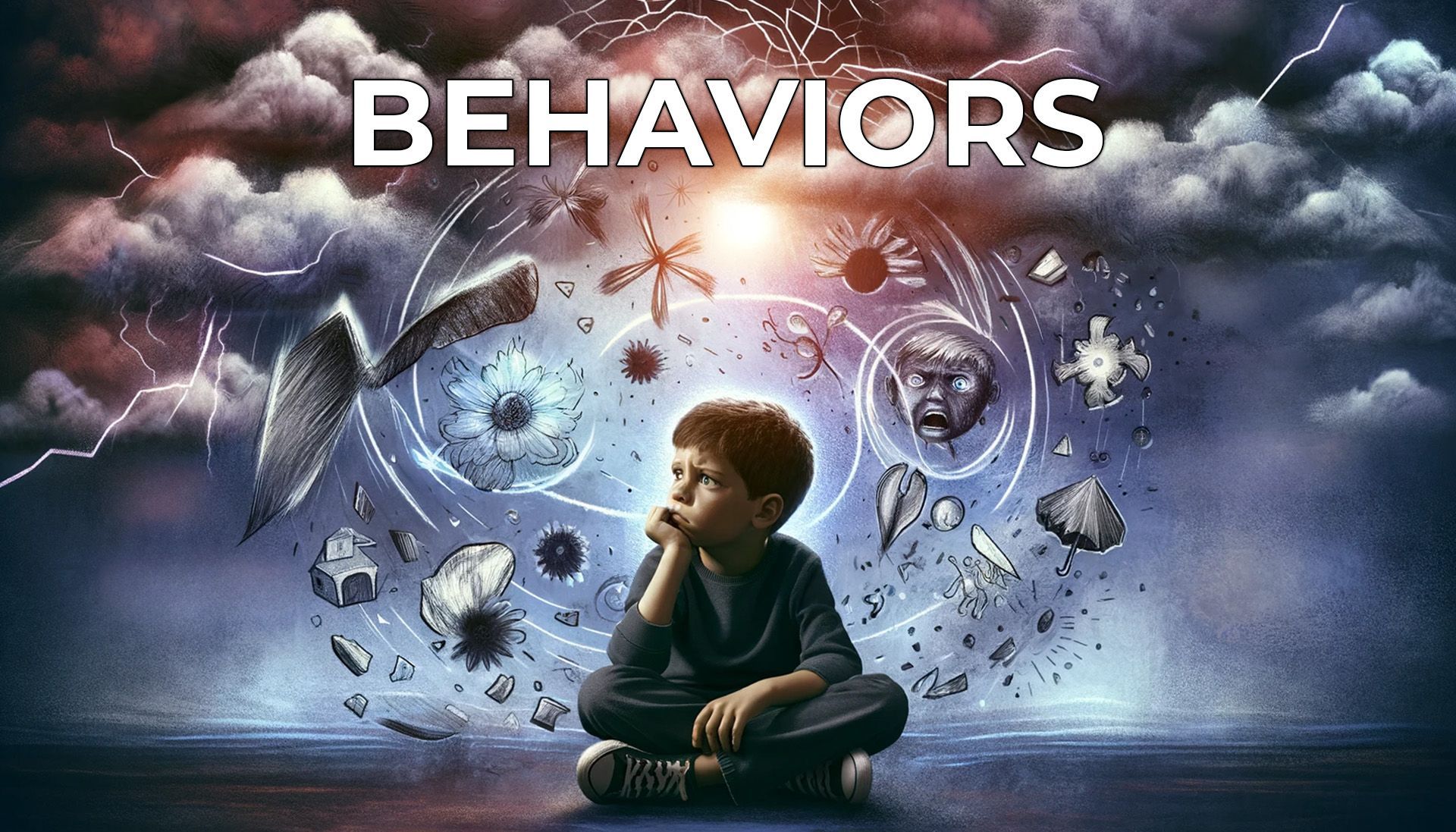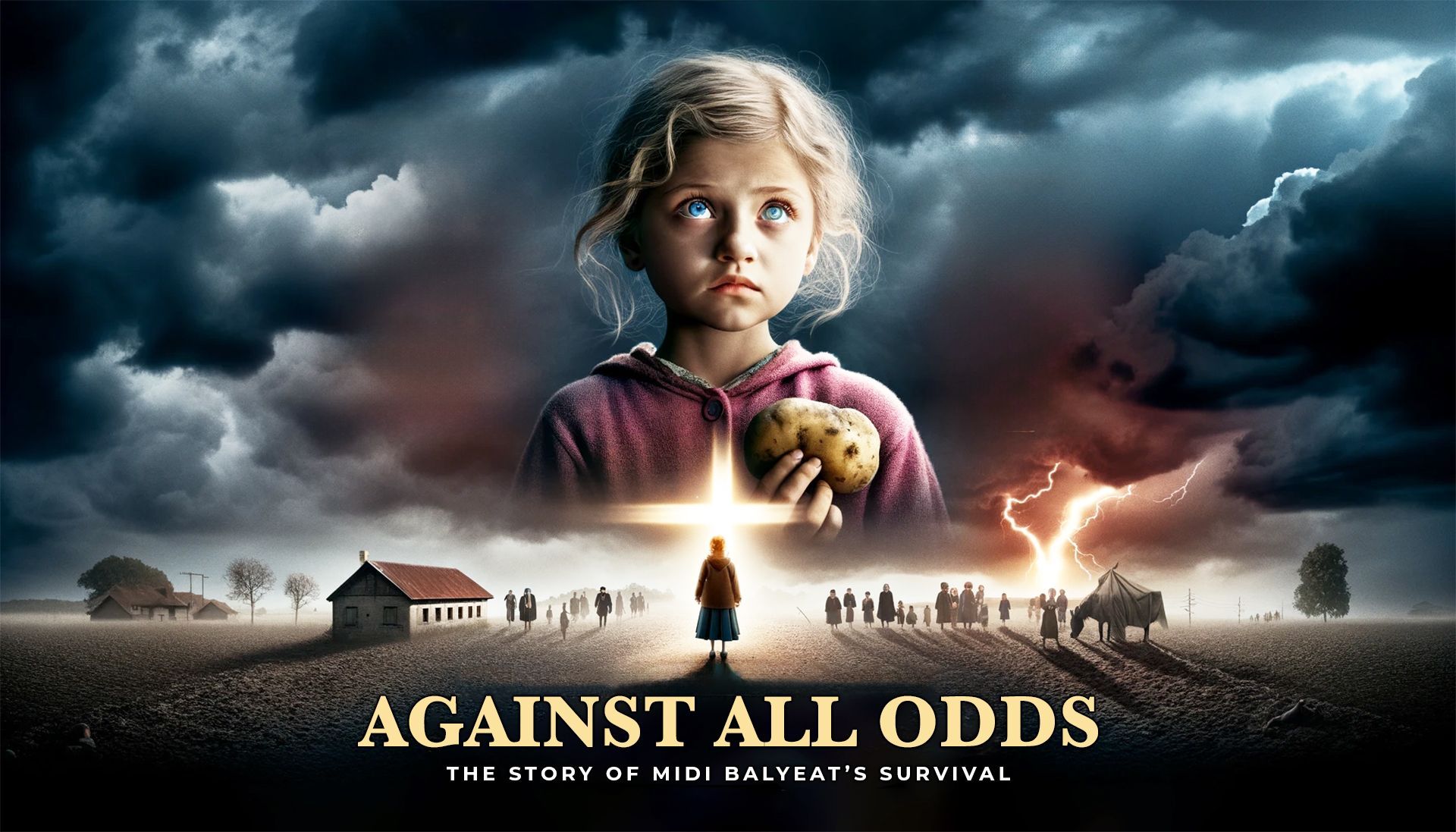Get in touch
555-555-5555
mymail@mailservice.com
Aggression in foster children is a multifaceted issue that demands our understanding and compassion. Often, these behaviors stem from deep-seated fears and a profound sense of instability in their lives. In my recent video, I explored the roots of aggression in foster children and the effective ways to address it. This blog aims to extend that discussion, diving deeper into the psychological underpinnings of these behaviors and how we can address them constructively.
Central to our approach is the WAGON Method, a comprehensive framework I have been closely involved with. This method provides a metaphorical guide to understanding and nurturing children who have experienced trauma. In this blog, we'll explore how each component of the WAGON Method can be applied to address and manage aggression, offering a pathway to stability and healing for these vulnerable children.
Understanding Aggression in Foster Children
Natural Consequences for Aggressive Behaviors
'Time In' vs. 'Time Out' - Staying Present with the Child
A Calming Presence in De-escalating Emotions
Reinforcing Positive Behaviors through Consistency
Actionable Tips and Strategies
Conclusion
Exploring the Roots of Aggression: Aggressive behavior in foster children often arises from a place of fear and a lack of control over their circumstances. These children may have experienced significant disruptions in their lives, leading to feelings of insecurity and distrust. It's crucial to understand that their aggressive actions are not inherent tendencies, but rather a manifestation of the turmoil they've endured.
The 'Wheels of Well-being' in the WAGON Method: The WAGON Method's 'Wheels of Well-being' component provides a useful lens for understanding these behaviors. It emphasizes the child's fundamental needs – safety, stability, love, acceptance, identity, and value. By recognizing that aggression can be a response to unmet needs in these areas, we can begin to address the root causes rather than merely reacting to the behaviors themselves.
Embracing Natural Consequences: In responding to aggression, it's important to employ natural consequences – responses that are directly related to the child's actions. This approach helps children understand the impact of their behaviors in a real-world context, fostering a sense of responsibility and awareness.
'Advocacy' in the WAGON Method: This strategy aligns with the 'Advocacy' aspect of the WAGON Method. Here, caregivers and professionals play a vital role in guiding children towards recognizing the consequences of their actions. It's about moving beyond punitive measures and towards a more understanding, educational approach that supports the child's development and emotional maturity.
The 'Time In' Strategy: In traditional discipline models, 'time out' is a common method used to manage difficult behaviors. However, for children who have experienced trauma, this can feel like abandonment. An alternative approach is 'time in' – staying physically and emotionally present with the child during challenging moments. This method involves sitting with the child, offering comfort, and guiding them through their emotions, rather than isolating them.
Connection to 'Grounded Experiences' in the WAGON Method: The 'Grounded Experiences' component of the WAGON Method emphasizes the child's life experiences and the tools they use to navigate their world. By adopting a 'time in' approach, we acknowledge the child’s need for safety and understanding during moments of distress. This approach allows us to directly address their fears and anxieties, providing a secure space to process and manage their emotions.
Techniques for Being a Calming Presence: De-escalating emotions in children experiencing aggression requires a calming presence. This involves using soft tones, gentle touch (if appropriate), and maintaining a non-threatening posture. The key is to convey understanding and safety, helping the child feel heard and supported. Techniques such as deep breathing exercises, offering choices, and using reassuring language can be particularly effective.
Link to 'Outside Obstacles' in the WAGON Method: The 'Outside Obstacles' component addresses external challenges and environmental factors impacting the child. By being a calming presence, caregivers can buffer the impact of these stressors, providing stability in the face of external chaos. This support helps children develop resilience and coping skills, essential in navigating the various challenges they face.
Strategies for Supporting Positive Behaviors: Consistently reinforcing positive behaviors is crucial in fostering change in children with aggressive tendencies. This can include praising desired behaviors, setting clear and achievable expectations, and rewarding progress. Consistency in response and expectations provides a structure that children can rely on, crucial for those who have experienced instability.
Connection to the 'Nurturing Network' in the WAGON Method: The 'Nurturing Network' aspect of the WAGON Method emphasizes the importance of community support and collaborative problem-solving in reinforcing positive behaviors. By engaging a network of support – including caregivers, teachers, therapists, and peers – in the child’s journey, we ensure a cohesive and supportive environment. This collaborative approach not only supports the child but also reinforces the collective effort to nurture and guide them towards healthier behaviors and emotional responses.
Creating a Safe Space: Ensure the child has a designated calm area where they can retreat when feeling overwhelmed.
Predictable Routines: Establish consistent daily routines to provide a sense of security and predictability.
Emotional Regulation Tools: Teach and practice emotional regulation techniques such as deep breathing, counting, or using sensory objects.
Validating Feelings: Acknowledge and validate the child's emotions, showing understanding and empathy.
Positive Reinforcement: Use positive reinforcement to encourage desired behaviors, such as verbal praise or a rewards system.
Effective Communication: Develop clear and simple ways for the child to express needs and feelings, such as using emotion cards or journals.
We've explored various aspects of managing aggression in foster children, guided by the principles of the WAGON Method. Understanding the root causes of aggression, employing empathetic discipline strategies, and consistently reinforcing positive behaviors are key in supporting these children. The journey is not always straightforward, but with patience, understanding, and the right tools, significant progress can be made.
I encourage you to watch the accompanying video for further insights and a deeper understanding of these concepts in action. Remember, every child's journey is unique, and our approaches must be tailored to meet their individual needs.






